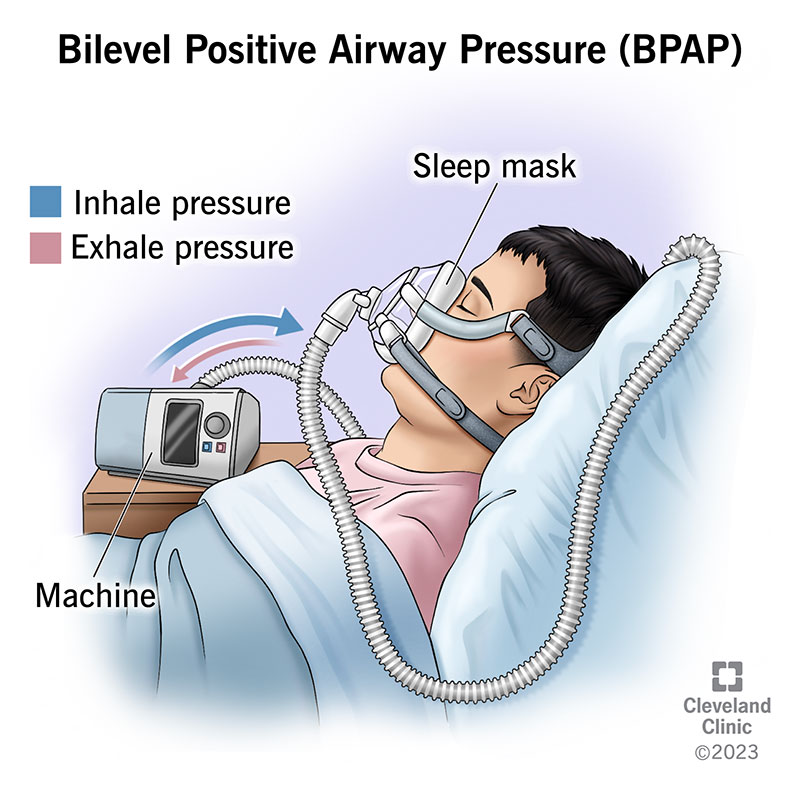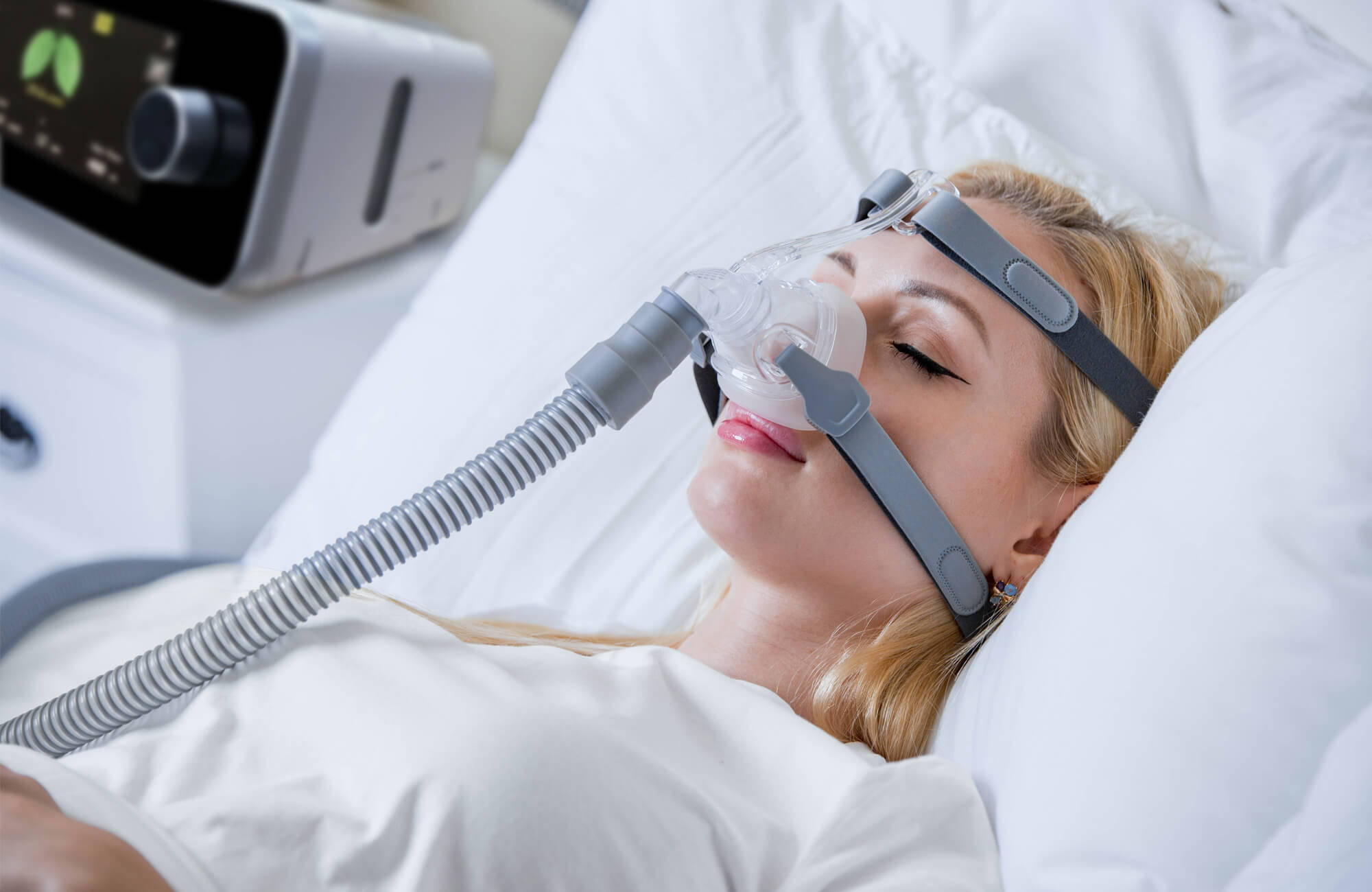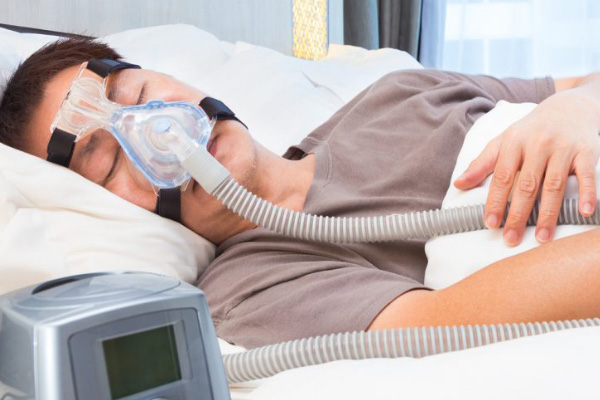Advantages of Going With BiPAP Rental for Home Treatment
Advantages of Going With BiPAP Rental for Home Treatment
Blog Article
Bipap vs. CPAP: Which Is the Best for Your Sleep Condition?
When navigating the intricacies of sleep problems, the option between BiPAP and CPAP treatment is a vital factor to consider. While CPAP supplies a steady air flow suitable for obstructive rest apnea, BiPAP's dual stress settings may enhance convenience for those with more complex respiratory issues.
Recognizing Sleep Disorders
Rest disorders incorporate a series of conditions that interfere with normal sleep patterns, influencing both the quality and period of rest. These conditions can manifest in different kinds, including sleep problems, sleep apnea, narcolepsy, uneasy leg disorder, and parasomnias. Each condition provides one-of-a-kind challenges, usually resulting in considerable daytime exhaustion, cognitive problems, and psychological disturbances.
Sleep problems is characterized by problem dropping or staying asleep, while rest apnea involves repeated disturbances in breathing throughout sleep, commonly bring about fragmented rest. Narcolepsy, on the other hand, is marked by extreme daytime sleepiness and sudden sleep assaults. Troubled leg disorder creates uncomfortable feelings in the legs, motivating an uncontrollable urge to move them, which can also impede the capability to drop off to sleep.
The influence of rest disorders extends beyond individual health and wellness, influencing general efficiency, partnerships, and lifestyle. Comprehending the certain nature of each problem is essential for reliable medical diagnosis and therapy. As rest wellness comes to be increasingly acknowledged as an essential part of overall wellness, dealing with these conditions is crucial for boosting both sleep quality and daily functioning.
Just How CPAP Functions
Continuous Positive Air Passage Pressure (CPAP) treatment is regularly employed as a primary treatment for obstructive sleep apnea (OSA) The system of CPAP entails making use of a device that delivers a constant stream of air via a mask used during rest. This air flow maintains favorable pressure in the airway, preventing the collapse or blockage of the throat that can occur throughout sleep.
When a patient takes in, the CPAP maker offers a continual flow of air, ensuring that the air passage remains open - BiPAP Rental. This not just minimizes the symptoms of OSA, such as snoring and interfered with sleep patterns, yet likewise lowers the connected health threats, including cardio complications and daytime tiredness
The pressure settings on a CPAP maker can be tailored to meet individual client needs, frequently identified through a sleep research study. Generally, CPAP treatment has actually been revealed to significantly improve the quality of sleep and general health and wellness for people experiencing from obstructive rest apnea.
Exactly How BiPAP Functions
BiPAP, or Bilevel Favorable Air Passage Stress, is a specific kind of non-invasive air flow that is especially beneficial for patients with conditions such as complex sleep apnea or respiratory disorders. Unlike CPAP, which delivers a continuous stream of air at a solitary pressure, BiPAP provides 2 distinctive stress setups: a greater inspiratory pressure for inhalation and a lower expiratory pressure for exhalation. This dual-pressure method permits much easier breathing, lowering the initiative called for during exhalation.
The gadget operates via a mask fitted over the nose or mouth, attached to an equipment that generates atmospheric pressure. When the client inhales, the device delivers the greater stress to aid with air flow, making sure that the air passage stays open. Upon exhalation, the device immediately reduces the pressure, making it extra comfy for the individual to breathe out.

Key Differences Between BiPAP and CPAP

On the other hand, BiPAP (Bilevel Favorable Air passage Pressure) offers two various stress settings: one for inhalation and a lower one for exhalation. This double stress system enables more comfortable breathing, especially for people who deal with exhaling against a continuous pressure. BiPAP is often recommended for patients with complex sleep apnea, chronic obstructive pulmonary illness (COPD), or those that call for added assistance throughout rest.
Moreover, the complexity of BiPAP devices usually leads to a greater expense and needs a lot more cautious titration than CPAP. BiPAP Rental. Recognizing these vital distinctions can assist in identifying which tool might be better for specific rest problems, establishing the foundation for enlightened therapy decisions
Selecting the Right Therapy
How can one identify the most suitable treatment browse around these guys for taking care of sleep disorders? The decision in between BiPAP and CPAP treatment largely pivots on the specific qualities of the sleep disorder, the person's total wellness, and their comfort with the device. CPAP, which delivers a continual stream of air, is generally recommended for obstructive sleep apnea (OSA) It maintains an open respiratory tract during sleep, efficiently protecting against apneas and hypopneas.
Conversely, BiPAP gives two degrees of stress: one for inhalation and a reduced one for exhalation. This double stress system is helpful for clients with intricate sleep apnea or those that experience problem breathing out against a continual pressure. In addition, BiPAP is commonly navigate to these guys recommended for people with breathing problems, such as chronic obstructive lung disease (COPD), where varying stress settings can improve comfort and compliance.
Inevitably, a thorough examination by a sleep expert, consisting of a sleep research, can help figure out which treatment straightens best with the individual's needs. Aspects such as comfort, simplicity of usage, and specific clinical problems should additionally be taken into factor to consider to enhance treatment end results.
Conclusion
In summary, both BiPAP and CPAP offer distinct functions in the management of sleep problems. CPAP works for obstructive sleep apnea with constant air flow, while BiPAP supplies twin pressure settings that enhance convenience for those with complex sleep apnea or respiratory system concerns. The option in between these therapies should be assisted by private demands and problems, requiring a detailed assessment by a sleep expert to guarantee optimal treatment outcomes and boosted top quality of rest.

Overall, CPAP treatment has actually been shown to substantially boost the quality of sleep and general wellness for individuals experiencing from obstructive rest apnea.
BiPAP is usually suggested for people with complex rest apnea, persistent obstructive pulmonary condition (COPD), or those that call for additional support during rest.
CPAP is effective for obstructive rest apnea with consistent air movement, while BiPAP provides double stress setups that enhance comfort for those with complex sleep apnea or respiratory problems.
Report this page